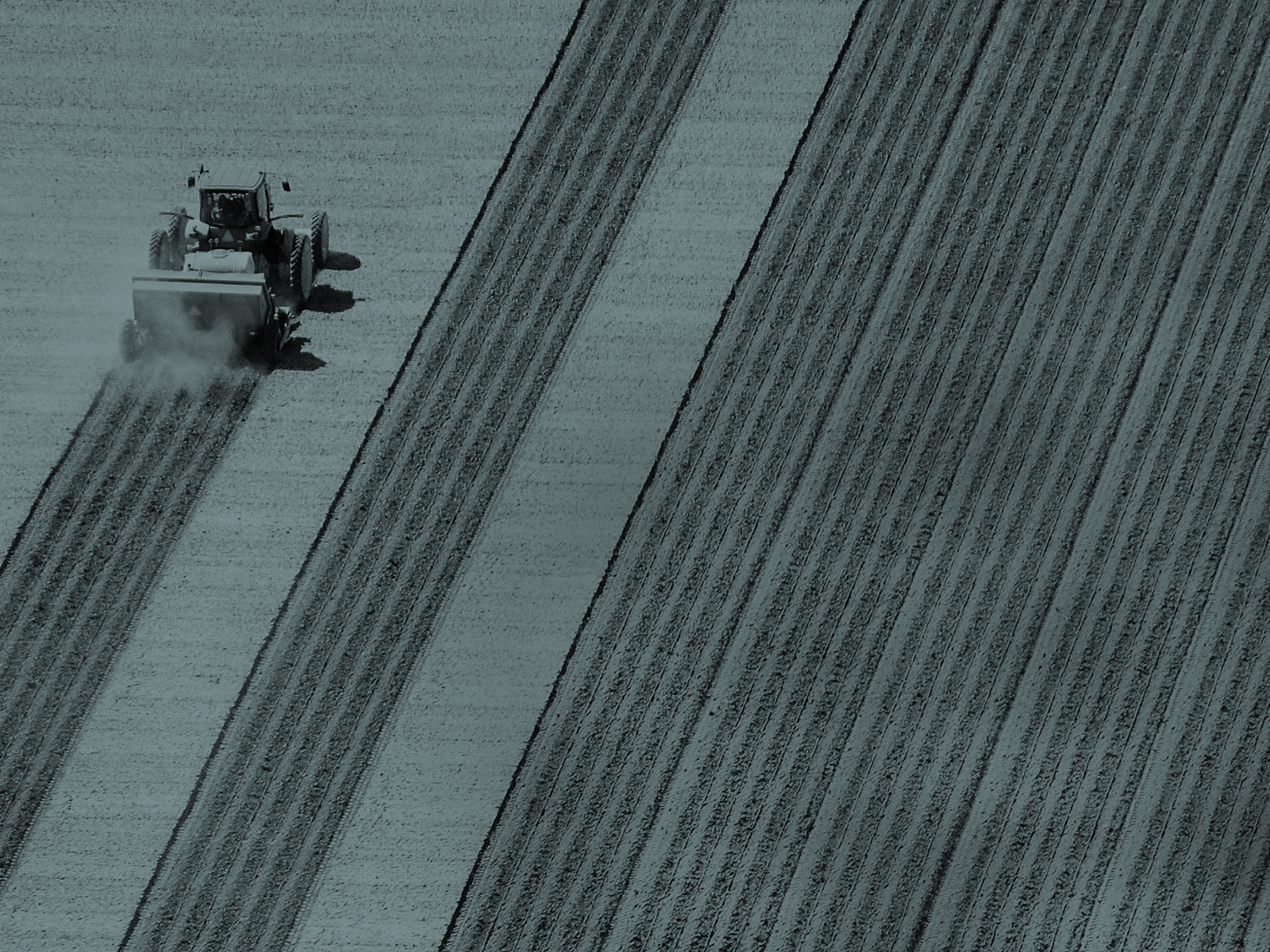With the global population set to reach nine billion by 2050, feeding the world remains one of the most important issues that policy makers must address. Reassuringly, the proposed Sustainable Development Goals (SDGs) place food security high on their agenda. But as they rapidly move towards their adoption in 2015, questions are already being raised about the nature and scale of the challenges that lie ahead for agricultural research, development and extension if we are to deliver on the ambitious targets they set.
- Getting the nutritional security balance right
Until recently, global attention has focused on tackling hunger, but it is now widely accepted that malnutrition is the main threat to peoples’ health – in developed and developing countries alike. The draft SDGs do emphasise nutritional security, but attaining the goals will be difficult unless nutritionally valuable horticultural crops are prioritised, like fruit and vegetables. Agricultural research budgets have favoured the development of traditional staple crops – rice, maize, wheat – but we need to look to new crops of the future, often found among neglected or underutilised local varieties, which offer potential new sources of improved food, nutritional, culinary or medicinal value. Animals, fish and poultry are also valuable sources of protein, vitamins and fatty acids, but increased demands for them bring their own challenges in terms of fodder provision, greenhouse gas emissions and water utilisation. So, we need balance, not just in relation to our nutritional intake, but also in respect of our food research and development expenditures, and production methods.
- Embracing new technology for knowledge transfer
Knowledge transfer and technology will be key components for attaining the SDGs. Delivery by mobile phone is one of the most effective methods of sharing information. Governments and development organisations must embrace the explosion in modern technologies in developing countries. Mobile delivery of agro-advisory services, through voice messages for example, can help overcome no or low literacy and language barriers. There are too few extension (agricultural support) workers to help the world’s farmers, but mobile technology can help fill the gap. The knowledge delivered must address crop and plant health; this will help to establish a better understanding of how to tackle pests and diseases, as well as how to reduce losses through efficient handling, storage and transportation (a staggering 40% of the world’s food is lost in post-harvest production). Essentially, the knowledge shared must be geared towards helping farmers grow more and lose less, as well as connecting them to local, national, regional and even global supply chains.
- Taking a balanced ‘landscape’ approach
An unfortunate effect of listing a series of development goals is that the interplay between them may not be readily apparent. Several SDGs are concerned with protecting biodiversity and the environment, but are presented separately from the food security goal. In most countries, however, it will not be possible to separate the two. The challenge of how farmers find the right trade-off between protecting the environment and generating sustainable agriculture has received limited attention until now. Should farmers preserve their land for the sake of grain production or should they focus on generating income from tourism? And what implications will this have for food security? The ‘landscape’ approach to sustainable agriculture may provide a solution. It takes into account the diversity of interactions among people and the environment, agricultural and non-agricultural systems, and other factors that represent the entire context of agriculture. As the implementation of the SDGs unfolds, finding this balance will become increasingly important.
- Creating careers in agriculture for young people and women
Supporting young people and women in agriculture is not a new challenge, but it is an important one that needs reinvigorated attention. In developing countries, many young people believe there is no future in farming, yet quite the opposite is true. By 2050, global food demand is predicted to grow by 60% (based on 2005 levels). As such, effective, efficient and sustainable food production is more important than ever before, and nurturing young people’s careers in agriculture is a vital part of addressing this. For women, the challenge is reaching them with the right agricultural information and creating an environment that lets them put that information into practice. For this reason, tackling food security must be seen in a much wider context and be treated in a truly concerted manner.
There is growing concern among experts that science is being pushed aside in the SDGs’ final draft, and that the removal of various targets from early drafts means that when it comes to interpreting results, political pragmatism will trump scientific reality. On World Food Day, we reflect on global hunger, but we should also think about and prepare the potential challenges that lie ahead.
Dr Dyno J.D.H. Keatinge is Chair of the Association of International Research and Development Centers for Agriculture (AIRCA) and Director General of the World Vegetable Center (AVRDC). Dr Trevor Nicholls is a Steering Commitee Member at AIRCA and Chief Executive Officer of CABI.
The views and opinions expressed in this article are those of the authors and do not necessarily reflect the views of The Economist Intelligence Unit Limited (EIU) or any other member of The Economist Group. The Economist Group (including the EIU) cannot accept any responsibility or liability for reliance by any person on this article or any of the information, opinions or conclusions set out in the article.




